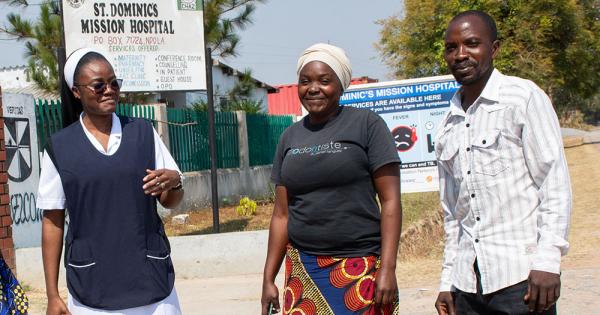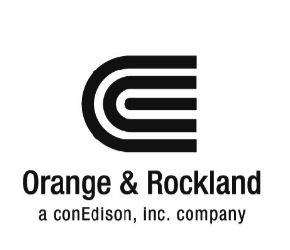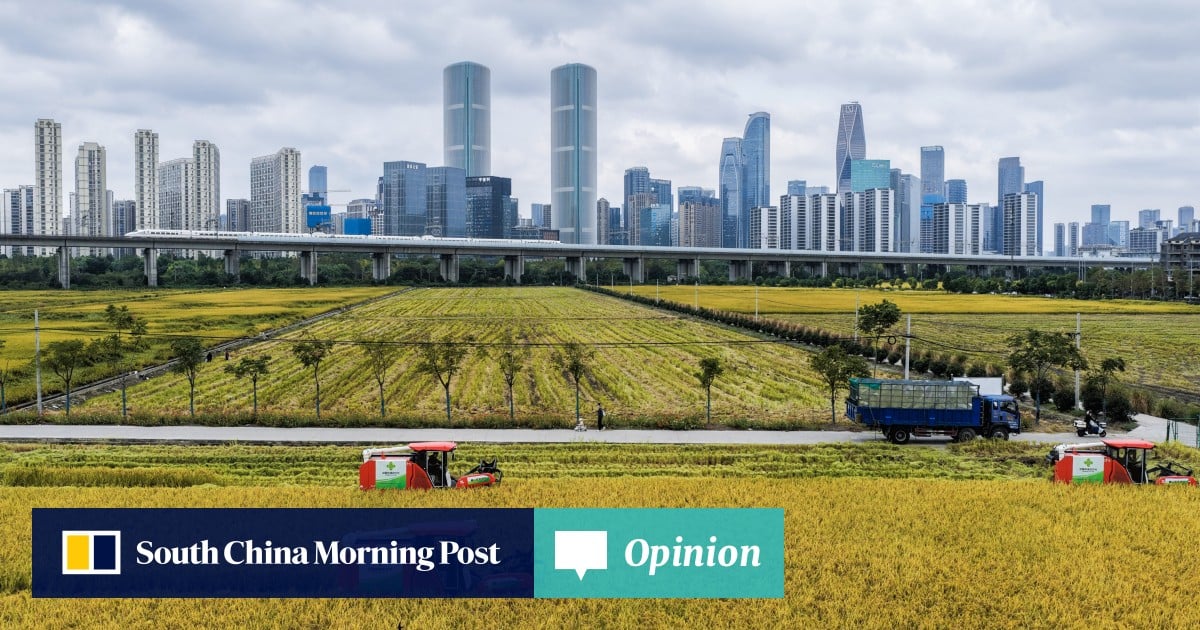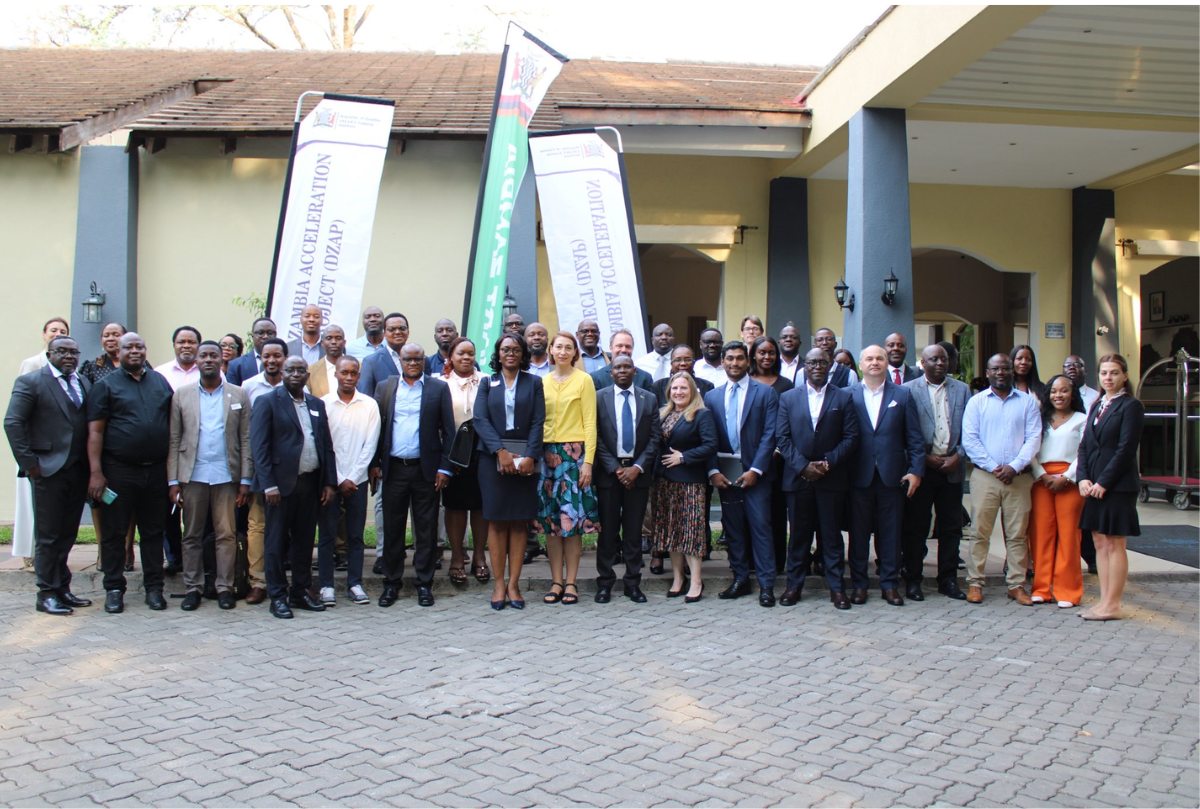County government and local municipalities look to ease economic hardship that threatens the fabric of Main Street America – PublicSource

Report on the Economic and Social Resilience of Carnegie Borough
This report analyzes the economic conditions of Carnegie Borough, Pennsylvania, focusing on the challenges faced by its small business sector. The analysis is framed within the context of the United Nations Sustainable Development Goals (SDGs), particularly those concerning economic growth, sustainable communities, and inequality.
Analysis of Challenges to Sustainable Development
Carnegie Borough confronts a series of interconnected challenges that impede its progress toward sustainable and inclusive growth. These challenges span environmental, economic, and social domains, directly impacting the community’s ability to achieve key SDG targets.
Environmental and Infrastructure Vulnerabilities (SDG 11, SDG 13)
The borough’s capacity for sustainable development is consistently undermined by its vulnerability to disasters, a critical concern under SDG 11 (Sustainable Cities and Communities) and SDG 13 (Climate Action).
- Climate-Related Disasters: A history of severe flooding, notably the devastation caused by Hurricane Ivan in 2004, has led to long-term residential displacement and vacant properties, compromising the resilience of community infrastructure.
- Infrastructure Failures: Major fires in 2018 and 2023 destroyed key commercial and social hubs, including Papa J’s Ristorante and Riley’s Pour House. These events resulted in significant job losses, displaced residents, and weakened the commercial vitality of the Main Street district.
Economic Pressures on Local Enterprises (SDG 8)
The local economy, primarily composed of small enterprises, faces significant headwinds that threaten SDG 8 (Decent Work and Economic Growth).
- Rising Operational Costs: Business owners report dramatic increases in the cost of supplies, from local agricultural products to internationally sourced materials.
- Tariffs and Supply Chains: The imposition of tariffs creates economic uncertainty and directly increases the cost of goods for businesses reliant on imports, such as interior design and craft industries.
- Market Shifts: A systemic shift toward online commerce, compounded by a 70% reduction in local foot traffic after recent business closures, has diminished revenue for brick-and-mortar establishments.
- Economic Indicators: With a per capita income 10% below the county average and a poverty rate of 10.5%, the economic fragility of the business community directly impacts progress on SDG 1 (No Poverty).
Social and Funding Disparities (SDG 10, SDG 17)
Inequalities in access to resources and support systems present a significant barrier to inclusive development, a core tenet of SDG 10 (Reduced Inequalities).
- Funding Gaps: Community leaders describe Carnegie as being “caught in the middle,” lacking the wealth for self-marketing while not qualifying for aid designated for the most distressed communities. This highlights a structural inequality in resource allocation.
- Vulnerable Populations: Non-profit organizations such as Studio Forget-Me-Not, which provides services to adults with disabilities, face rising costs and funding instability. Potential cuts to federal programs like Medicaid threaten both the organization’s viability and the well-being of its clients.
- Limited Institutional Capacity: The Carnegie Community Development Corporation, a key partner for local revitalization under SDG 17 (Partnerships for the Goals), operates with limited funding and a single paid employee, constraining its ability to drive comprehensive development initiatives.
Strategic Interventions and Policy Responses
In response to these challenges, various stakeholders are implementing strategies aimed at fostering resilience and revitalizing the local economy.
County-Level Support for Sustainable Economic Growth (SDG 8, SDG 17)
Allegheny County has recognized the importance of Main Street districts as vital economic engines, noting that 18,000 small businesses provide 150,000 jobs county-wide. Its interventions reflect a commitment to partnership and sustainable growth.
- Financial Investment: The county has committed $1.5 million in new funding to support small businesses and commercial districts.
- Programmatic Support: The Allegheny Together program, which has already invested $6 million across 23 communities including Carnegie, is being expanded to assist with strategic planning, facade improvements, and pedestrian-friendly infrastructure.
- Targeted Development: The county utilizes Community Development Block Grants (CDBG) and partnerships with non-profits to stabilize buildings and develop affordable housing, contributing to holistic community development under SDG 11.
- Technical Assistance: Business development managers are actively engaging with Main Street districts to provide technical support and resources.
Local Revitalization and Adaptation Efforts (SDG 11)
At the local level, both community organizations and individual businesses are adapting to the challenging environment to maintain a vibrant town center.
- Community Engagement: The Carnegie Community Development Corporation organizes events like farmers’ markets and bar crawls to increase foot traffic and support local commerce.
- Business Innovation: Entrepreneurs are pivoting their business models to attract customers. Apis Mead & Winery, for instance, has introduced a kitchen, live music, board games, and pinball machines to create a multi-faceted destination.
Conclusion and Forward Outlook
The situation in Carnegie Borough serves as a critical case study on the intersection of environmental resilience (SDG 11, SDG 13), economic stability (SDG 8), and social equity (SDG 10). The borough’s future hinges on its ability to leverage multi-level partnerships (SDG 17) involving local leadership, county government, and the private sector. Sustained and strategic investment is required to overcome current economic uncertainties, rebuild essential infrastructure, and foster a resilient, inclusive, and sustainable community for all residents.
Analysis of Sustainable Development Goals (SDGs) in the Article
1. Which SDGs are addressed or connected to the issues highlighted in the article?
-
SDG 8: Decent Work and Economic Growth
- The article’s primary focus is on the economic struggles and revitalization efforts of small businesses in Carnegie. It discusses challenges like rising costs, tariffs, and competition from online shopping, which directly impact local economic growth. It also highlights job creation and loss, citing that small businesses are significant employers and that disasters have led to unemployment (e.g., 40+ jobs lost in a fire).
-
SDG 11: Sustainable Cities and Communities
- The article extensively covers efforts to make Carnegie a more resilient and sustainable community. This includes recovering from disasters like floods and fires, revitalizing the main commercial street, reducing building vacancy rates, and creating “walkable town centers.” The discussion of housing (homeownership rates, affordable housing projects in a nearby town) and the role of local development corporations also aligns with this goal.
-
SDG 1: No Poverty
- The article provides specific data on the economic vulnerability of the community, stating Carnegie’s per capita income is 10% below the county average and its poverty rate is 10.5%. The economic development efforts described are implicitly aimed at improving livelihoods and reducing poverty.
-
SDG 9: Industry, Innovation, and Infrastructure
- The narrative addresses the need for resilient infrastructure in the face of disasters (floods, fires). It also touches on industrial transition, noting the town’s history with coal and steel. The county’s efforts to provide facade and streetscape improvements and support for small enterprises through innovation (e.g., moving business online, diversifying offerings) are central to this goal.
-
SDG 10: Reduced Inequalities
- The article points to inequality in access to resources, with the mayor stating Carnegie is “caught in the middle,” being neither wealthy enough to fund its own marketing nor poor enough to qualify for certain government aid. It also highlights the vulnerability of specific groups, such as people with disabilities who rely on services like Studio Forget-Me-Not, which is threatened by potential Medicaid cuts.
-
SDG 13: Climate Action
- The article directly links the town’s challenges to climate-related hazards. It mentions the “recent history of flooding,” the major damage from Hurricane Ivan in 2004, and a linked story that refers to a “wetter climate” increasing flood risks. This connects the local need for disaster recovery and resilience to the broader issue of climate adaptation.
2. What specific targets under those SDGs can be identified based on the article’s content?
-
Target 8.3: Promote development-oriented policies that support productive activities, decent job creation, entrepreneurship, creativity and innovation, and encourage the formalization and growth of micro-, small- and medium-sized enterprises.
- This is demonstrated by Allegheny County’s investment of $1.5 million to help small businesses, the “Allegheny Together” program, and the Carnegie Community Development Corporation’s efforts to support local commerce through events and marketing.
-
Target 11.5: By 2030, significantly reduce the number of deaths and the number of people affected and substantially decrease the direct economic losses… caused by disasters.
- The article details the impact of disasters, including a fire that “claimed one life and displaced about 25 building residents,” and the massive economic and residential damage from the 2004 flood. The community’s ongoing struggle to recover from these events highlights the relevance of this target.
-
Target 11.3: By 2030, enhance inclusive and sustainable urbanization and capacity for participatory, integrated and sustainable human settlement planning and management.
- This is reflected in the efforts to revitalize East Main Street, create “walkable town centers,” and reduce the business vacancy rate to make the town more vibrant and sustainable. The role of the Carnegie Community Development Corp. shows a participatory approach to planning.
-
Target 1.2: By 2030, reduce at least by half the proportion of men, women and children of all ages living in poverty.
- The article explicitly mentions Carnegie’s poverty rate of 10.5%, providing a baseline against which progress toward this target can be measured.
-
Target 13.1: Strengthen resilience and adaptive capacity to climate-related hazards and natural disasters.
- The history of devastating floods from Hurricane Ivan and the mention of a “wetter climate” underscore the community’s vulnerability and the need to build resilience against such climate-related events.
3. Are there any indicators mentioned or implied in the article that can be used to measure progress towards the identified targets?
- Financial Investment in Small Businesses: The article explicitly states that Allegheny County is investing “$1.5 million to help small businesses” and that the Allegheny Together program has allotted “$6 million to 23 communities.” These figures are direct indicators of support for Target 8.3.
- Poverty and Income Levels: The article provides specific metrics: a “poverty rate: 10.5%” and “per capita income: $42,502 (10% below county average).” These are direct indicators for measuring progress on SDG 1.
- Business Vacancy Rate: The mayor’s concern about a potential “increase vacancy rate” on Main Street implies that this rate is a key indicator of economic health and the success of revitalization efforts (Target 11.3).
- Number of Small Businesses and Jobs: The county’s data of “about 18,000 businesses with fewer than 50 employees representing 150,000 jobs total” serves as a county-level indicator for economic growth and employment (Target 8.3). The loss of “40-plus restaurant employees” from a single fire is a micro-level indicator of economic shocks.
- Impact of Disasters: The article provides qualitative and quantitative indicators of disaster impact, such as “one life” lost, “25 building residents” displaced, and “empty lots where there used to be buildings.” These measure the human and economic cost of disasters (Target 11.5).
- Foot Traffic: The owner of Eccentricity Designs states that “foot traffic is down 70%” after a major business burned down. This serves as an informal but powerful indicator of the vibrancy of the commercial district and the interconnectedness of local businesses.
4. Table of SDGs, Targets, and Indicators
| SDGs | Targets | Indicators Identified in the Article |
|---|---|---|
| SDG 1: No Poverty | 1.2: Reduce poverty by at least half. | Poverty rate (mentioned as 10.5%); Per capita income (mentioned as $42,502, 10% below county average). |
| SDG 8: Decent Work and Economic Growth | 8.3: Promote policies to support small and medium-sized enterprises and job creation. | County investment in small businesses ($1.5 million); Number of small businesses and jobs (18,000 businesses, 150,000 jobs in county); Job losses due to disasters (40+ employees). |
| SDG 9: Industry, Innovation and Infrastructure | 9.1: Develop quality, reliable, sustainable and resilient infrastructure. | Investment in infrastructure and streetscape improvements; Efforts to rebuild after fires and floods. |
| SDG 10: Reduced Inequalities | 10.2: Empower and promote the social, economic and political inclusion of all. | Challenges in accessing government funding (“caught in the middle”); Threats to services for people with disabilities (potential Medicaid cuts affecting Studio Forget-Me-Not). |
| SDG 11: Sustainable Cities and Communities | 11.3: Enhance inclusive and sustainable urbanization. 11.5: Reduce the adverse per capita environmental impact of cities. |
Business vacancy rate; Development of “walkable town centers”; Human and economic losses from disasters (1 death, 25 displaced, empty lots from floods). |
| SDG 13: Climate Action | 13.1: Strengthen resilience and adaptive capacity to climate-related hazards. | History of severe flooding (Hurricane Ivan); Mention of a “wetter climate” increasing flood risk. |
Source: publicsource.org

What is Your Reaction?
 Like
0
Like
0
 Dislike
0
Dislike
0
 Love
0
Love
0
 Funny
0
Funny
0
 Angry
0
Angry
0
 Sad
0
Sad
0
 Wow
0
Wow
0















































































